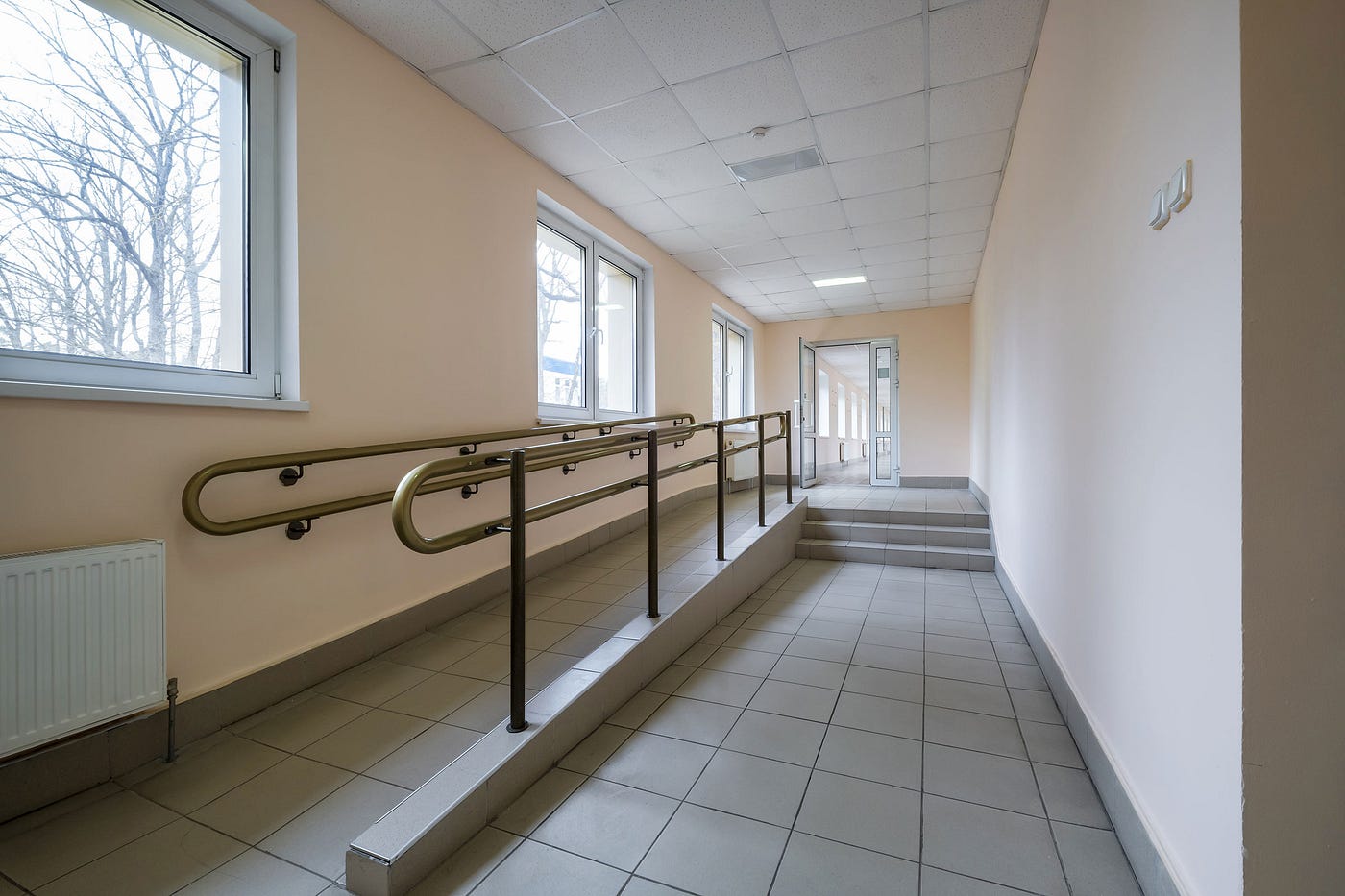
For too long, the conversation around accessibility, particularly concerning ramps, has been confined to the realm of compliance. The Americans with Disabilities Act (ADA) set crucial benchmarks, ensuring that public spaces are legally obligated to be accessible to individuals with disabilities. However, viewing ramp design merely as a checklist to be ticked off misses a profound opportunity. Truly welcoming spaces go beyond the minimum requirements. They embrace thoughtful design that integrates accessibility seamlessly, creating environments that are not just compliant, but genuinely inclusive, dignified, and aesthetically pleasing for every individual, regardless of their mobility.
The Limitations of Mere Compliance
The ADA guidelines provide a vital framework for ramp construction: specific slopes, widths, handrail requirements, and landing dimensions are all meticulously detailed. Before the ADA ramp requirements, navigating public spaces was often a formidable, if not impossible, challenge for those using wheelchairs, walkers, or other mobility aids.
However, designing solely to compliance can sometimes result in ramps that feel like afterthoughts – utilitarian additions bolted onto existing structures, often visually clunky or awkwardly placed. They might get the job done, but they rarely contribute positively to the overall user experience or the architectural aesthetics. When accessibility is treated as an obligation rather than an integral design principle, the resulting spaces can feel segregated, subtly signaling that individuals with mobility challenges are an exception, rather than a valued part of the community.
The Essence of Thoughtful Design: Dignity and Seamlessness
Thoughtful ADA ramp design elevates accessibility from a legal necessity to an art form, driven by a philosophy of universal design. Universal design promotes the design of environments in which all people, to the maximum extent feasible, can do more without specialized design or adapting to the environment. For ramps, this means:
- Integration, Not Addition: Instead of a ramp being a separate, visible add-on, it becomes an inherent part of the building’s flow and aesthetic. This might involve gentle, curving slopes that blend into landscaping, or ramps that are integrated into grand entryways, perhaps as part of a tiered plaza. When a ramp is seamlessly woven into the design, it loses its “otherness” and simply becomes another beautiful, functional element of the space.
- Aesthetic Harmony: An accessible ramp doesn’t have to sacrifice beauty for functionality. Thoughtful designers utilize materials that complement the existing architecture; incorporating lighting, textures, and landscaping that enhance the overall visual appeal.
- Intuitive Navigation: Beyond the technical specifications, truly welcoming ramps are intuitive to use. Clear pathways, logical transitions, and well-placed resting points contribute to a sense of ease and confidence for all users. This focus on intuitive design benefits not only those with mobility aids but also parents with strollers, delivery personnel with dollies, or anyone carrying heavy items.
Conclusion: Designing for Human Flourishing
This polarity in the world of ramps a more thoughtful design towards true compliance of the ADA can be seen as a paradigm shift in the way in which we look at built environments. It accepts that it is not the burden, but an opportunity to establish more functional, more beautiful, and most importantly, more human spaces. Once ramps are fashioned with deftness, elegance, and usability as the consideration of all, the idea of a ramp loses the technical focus as well as background ornamentation as an eloquent show of inclusion itself demonstrating the spirit to embrace all beings with ambitions to welcome and include. Whether we place compliance with the min requirements or if we think deeper to create better and livelier places where all persons may enter into and engage, prosper, and feel as though they indeed are home.

